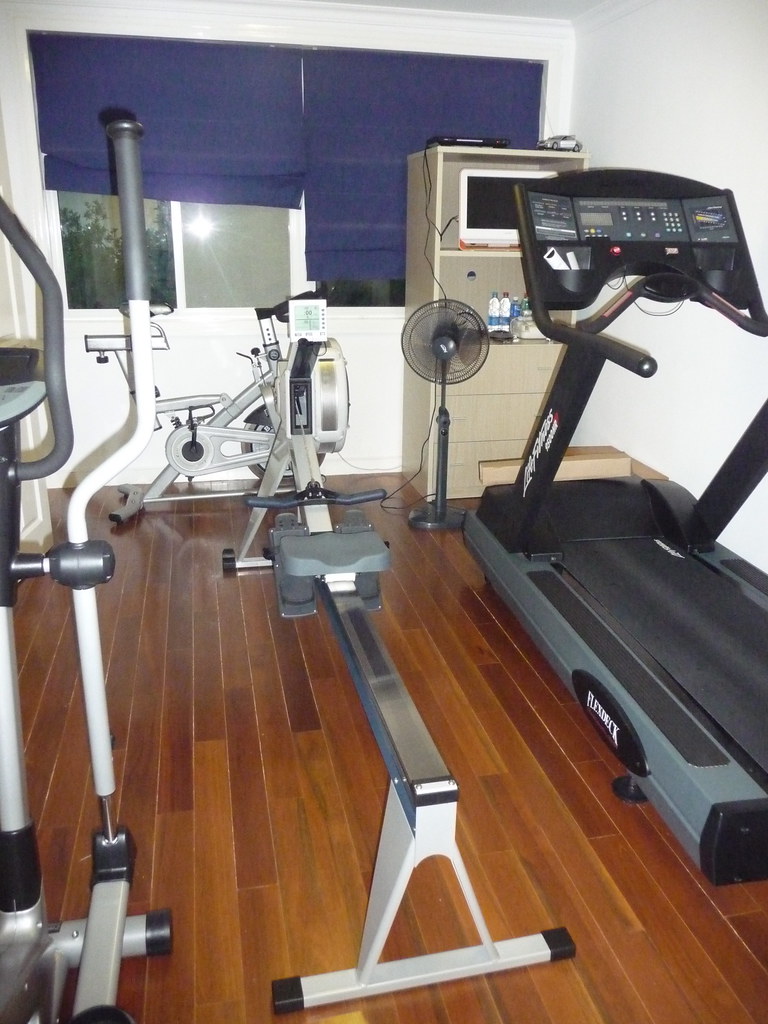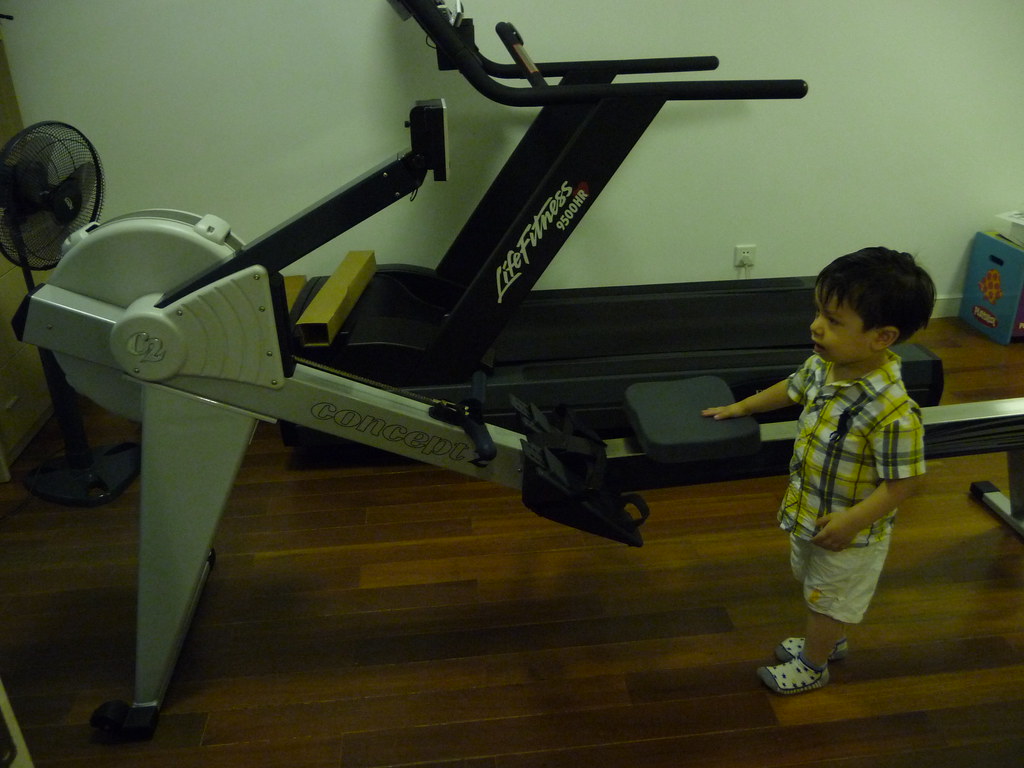For the third time this year a staff member at Spil Games Asia resigned because he/she could not afford the cost of living in Shanghai anymore. Our salary level is not low compared to many other companies, but it turns out that the cost of living in Shanghai is so high that for some people it just does not make sense to stay anymore.
Housing prices are the main culprit. If you bought a house a few years ago things are fine, prices have doubled or tripled over the past years so you are safe. But if you rent in order to save some money to pay the down payment for a future mortgage you are out of luck. Housing prices in the city are so high now that people with normal salaries can hardly afford them anymore.
So what we are seeing now is that people are moving to other cities. The first person that resigned this year for financial reasons received an offer from a good Internet company in a smaller city on the East coast. With a similar salary he could get himself decent housing there, but in Shanghai he would never be able to afford that. The second one decided to become a civil servant in his hometown. The pay would be a lot less, but in the end he would have more spending power (and probably an easier life). Yesterday a third person resigned to move back to her hometown with her husband. Again housing prices in Shanghai were the main reason.
People who are originally from Shanghai normally won’t leave because they have their roots here, but people who come from cities in inland China are now starting to go back. It always happens after they have stayed in Shanghai for some time and realize they basically have no future here. If you can’t even afford a house how can you start a family here? It’s the same trend as the one for migrant workers 2 years ago, they also left the coastal regions to go back home. There are more opportunities in inland China now and you only need a fraction of your Shanghai income to have the same quality of life.
This means a brain drain for cities like Shanghai, but it’s probably good for China as a whole. The distribution of knowledge will be more even and this will help the development of the non-coastal areas. It may cause some problems for companies because it puts an upward pressure on salaries for experienced staff. You are still able to find (or keep) people as long as you are willing to pay, but for top people salaries now already come close to those in Europe.




